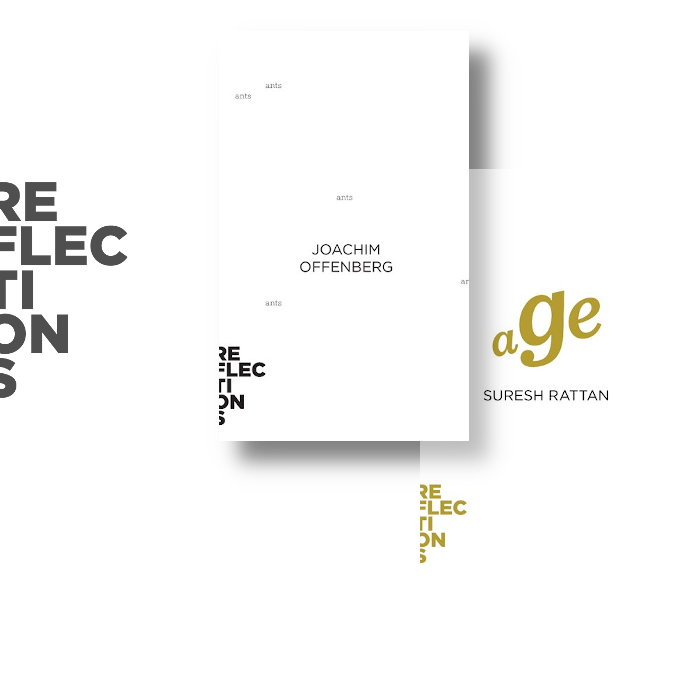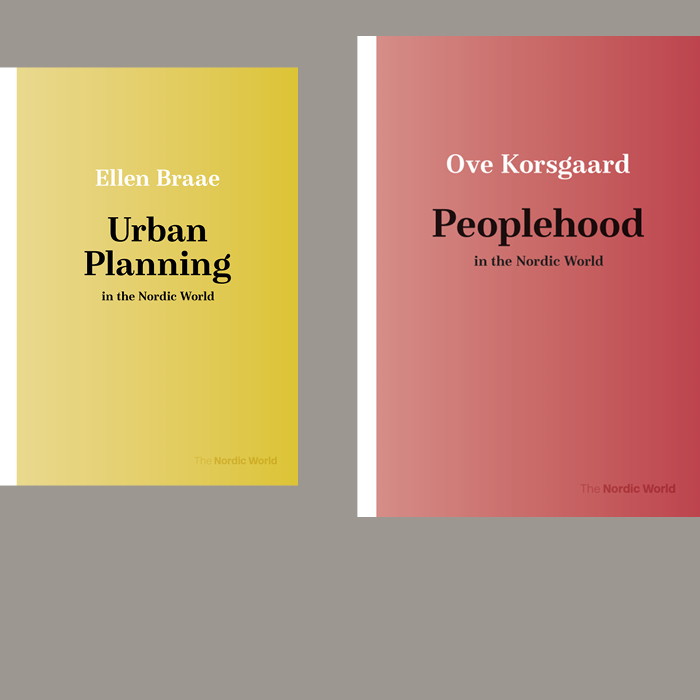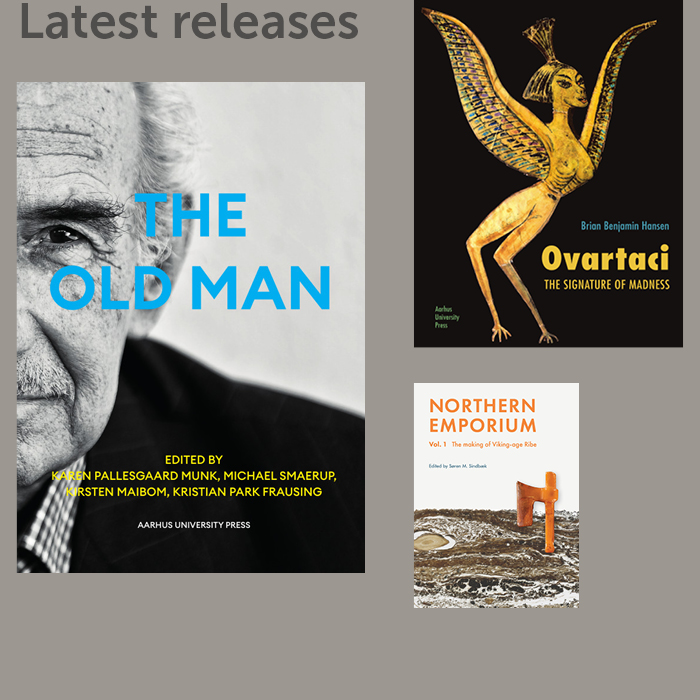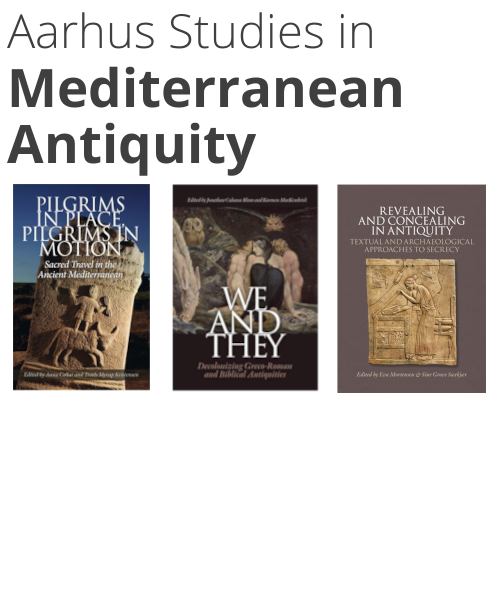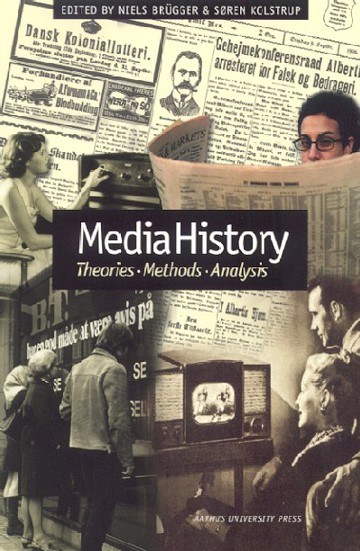
Media History
Theories, Methods, Analysis
A part of the subject area Information technology
Out of stock
Edited by
Niels Brügger and
Søren Kolstrup
With contributions by
Gunhild Agger,
Christopher Anderson,
Niels Brügger,
Michael Curtin,
Per Jauert,
Søren Kolstrup,
Sonja de Leeuw and
Karin Åberg
More about the book
About the book
Historical scholarship - the neglected child of media studies - is in the midst of a renaissance, as shown in this collection of papers. Since the 1970s, media research has focused on media policy and media politics. Change came with the publication of a three-volume Danish Media History (1996-97), which signaled a need for further and more detailed research within the neglected historical field, especially in light of the importance of the computer in the media landscape.
A seminar held at the University of Aarhus in 1999 provided the environment for reflection on the theoretical and methodological problems inherent in the writing of media histories and looked at published histories that provide models of empirical research within various media: radio, television and print.
This collection includes contributions by Christopher Anderson and Michael Curtin, both Associate Professors in the Department of Communication and Culture at Indiana University; and Niels Brügger and Søren Kolstrup, the editors of this volume, both Associate Professors at the Department of Information and Media Science, University of Aarhus.
The book contains contributions from Nordic, Dutch and American researchers. Drs. Anderson and Curtin discuss the phenomenon of the 'network' era in the United States and conclude that it is not the natural, inevitable or permanent form of radio and television that will survive there or elsewhere. Dr. Brügger provides an outline of a general theory of the media; and Dr. Kolstrup looks at the structure of newspapers from 1800 to 1999, which has survived with minor changes - up to now. Other topics include television fiction, radio history and the influence of computers.
Table of contents
Niels Brügger & Søren Kolstrup: PrefaceChristopher Anderson & Michael Curtin: Writing Cultural History: The Challenge of Radio and Television
Niels Brügger: Theoretical Reflections on Media and Media History
Søren Kolstrup: The Change of News Structure: Danish Newspapers 1873-1914
Carin Åberg: When the 'Wireless' Became Radio
Per Jauert: Reflections on Writing Radio History: An Essay
Gunhild Agger: Proximity and Distance: Perspectives for Analysis of TV Fiction and its History
Sonja de Leeuw: National Identity and the Dutch Monarchy in Historical Fiction: Revisioning 'The Family on the Throne'
About the Authors
Excerpt
PrefaceNiels Brügger and Søren Kolstrup
Media History
In the 1970s historical scholarship played a relatively important role within media studies in Denmark. But as Danish media studies expanded in the 1980s and 1990s this role diminished. In this period research focused on new areas of study, especially television, and on new methodologies, especially reception analysis. At the same time media studies engaged more directly in debates about media policy and media politics.
Historical scholarship became, to a certain extent, the neglected child of media studies - in spite of such important exceptions as the history of media reception, and the three-volume history of the Danish media (Dansk mediehistorie, 1996-97). The latter project answered a demand for a comprehensive historical survey of Danish media, but it also clearly signaled a need for further and more detailed research within the historical field.
Bearing this context in mind, the time seems right for a general discussion of media history: a discussion that is not only relevant in a Danish perspective, but also relevant to anyone who writes media history. So, although the point of departure is a Danish context, the general discussion of media history is also an international discussion, shedding light on the differences between various national traditions.
In this perspective the Department of Information and Media Studies at the University of Aarhus organised a seminar with the title 'Media History: Theories, Methods, Analysis' (May 16-17 1999). The seminar provided the occasion for reflection on the theoretical and the methodological problems involved in the writing of media histories, and focused attention on already-published histories providing models of empirical research within different media (print media, radio, television). We were happy to receive researchers from America, from the Netherlands as well as from the Scandinavian countries, and the following seven articles are written with this seminar as their point of departure.
The questions
The articles in this book raise and discuss a number of general issues:
- The definition of 'media',
- The understanding of history,
- The direction of the historic changes, their speed and their perspective,
- The periodisation,
- The source problem.
The definition of 'media' The definition of 'media' is one the fundamental issues raised by Niels Brügger in his article 'Theoretical Reflexions on Media and Media History.' Having asked the question ‘What do we actually understand by media?' he presents a theoretical framework for the understanding of relations between the different media and the changing of these relations.
Carin Åberg's approach in 'When the "Wireless" Became Radio' is more empirical. Her point of departure is Patrice Flichy's theories about new technologies and the ways they are used. In fact, a new technology is often used in a manner far removed from the original intention: 'The ideas forming radio as a mass medium can hardly be found in wireless technology, but in the social, cultural and legal implementation of it'. What makes this particular technical device and its (social) use a medium? When does a technical device become a medium?
Another perspective on the definition of media is the question of media as our analytical object. Brügger raises this question by asking how we turn the artifacts called 'media' into objects for study. Søren Kolstrup's article 'The Change of News Structure: Danish Newspapers 1873-1914' is an illustration of the importance of defining the analytical object (in his case a genre): What is news? How can it be defined? How can the artifact ‘news story’ be turned into an analytical object?
The understanding of history
What are the driving forces or organising principles of media history? What are the roles of social needs or technological changes? How do we understand the conditions, the events and the processes of the past? And how do we turn this into history? These are some of the fundamental questions concerning the understanding of (media) history.
Christopher Anderson and Michael Curtin (in 'Writing Cultural History: The Challenge of Radio and Television') point out that in fact our understanding must take to metaphors or metonymies that in many cases are the only way to understand or describe social processes and changes. The whole process of media changes is understood as a creative destruction illustrated by the Marxian metaphorical description of the industrial epoch: 'all that is solid melts into air.' This grandiose metaphorical understanding is in fact not far from Carin Åberg's more commonsense understanding of media evolution as a social phenomenon related to the totality of social changes.
Sonja de Leeuw's article, 'National Identity and the Dutch Monarchy in Historical Fiction: Revisioning "The Family on the Throne"', treats the relationship between media representations and (the changes of) national identity. She writes: 'Representation is one of the crucial aspects of the relationship between media and society: In what way, by whom and in which context are certain meanings provided by and given to images?' It is argued that the historical evolution is driven by a dialectical movement: On the one hand the article treats upcoming ritual and social events that corroborate national feeling, and on the other hand it treats the transformations within the national ideology as it is constructed in historical television programmes. There is thus a circular movement or a double determination in the evolution of the national feeling in its mediated appearance.
The direction of the historic changes, their speed and their perspective
Does our history have a direction leading from point A to point Z? The question of the direction of history is an issue that is addressed in several articles. Brügger puts the question on the agenda in this way: 'When we turn the past into history, do we then give our history a direction?'
The direction of history is not explicitly discussed in Kolstrup's article, but the historical evolution goes in this article from point A to point Z. The news story is characterised by one structure in the initial phase and by a different structure in the final phase, both points being well defined. The intermediate points B to Y, are vague and seem from the very beginning to tend against Z.
Åberg sees the changes of the radio genres not as a single movement with an initial state and a final state, but more as a experimentarium where new parallel form(at)s are constantly tried out and where final states and initial states cannot really be distinguished. The elaboration of these two new genres is not seen as a single linear development from A to B, but more as a steadily ongoing process where different new formats are tried out at the same time and eventually abandoned.
Not only the direction but also the speed and the perspective of the historical changes are discussed. Kolstrup's point of departure is the distinction elaborated by the French Annales School of history between long-term, medium-term and short-term developments. In short-term history we could include the history of events, and often the history of institutions also, as manifested in rapid changes in a particular organisation. Medium-term history could be illustrated by the transformation of genres, of media (if the media is not seen as a superficial phenomenon) and of institutions, especially if the transformation of institutions is seen as a cultural phenomenon in several organisations at the same time. And as for the transformations within long-term history they are rarely conscious to the social actors, e.g. reading habits, the beliefs of the public or the tastes of the public: Which stories remain popular even when they change genre?
Anderson and Curtin describe the classical media history as a history that concentrates on institutions and artifacts: technological innovations and competition between actors/institutions. This is the history of the great innovators, history written as a top–down construction (history seen from the point-of-view of the prominent leaders and institutions) and in the French Annales School's understanding it is a short-term history. The long-term history corresponds in many respects to history written from below. The media are seen as the products of collective social engagement, they are seen as 'constructed complexes of habits, beliefs, and procedures imbedded in elaborate codes of communication, the history is never more than the history of their uses…' This is the bottom–up perspective 'the fabric of everyday life.'
Gunhild Agger (in 'Proximity and Distance: Perspectives for Analysis of TV Fiction and its History') does not directly mention the temporal modes, nor does she use the spatial metaphors in her description. But she uses the opposition proximity/distance as a fundamental dichotomy. It is her thesis that proximity and distance have been organising principles in mass communication since the establishment of the printing press. The very existence of this opposition since the beginning of mass communication means that we are dealing with the long-term history.
Åberg prefers to see the evolution in a bottom-up perspective, and so does Per Jauert (in 'Reflections on Writing Radio History: an Essay') who sees mainly the changes of radio from inside or bottom-up and he is close to Anderson and Curtin when he points out the three central issues: a) What is the nature of radio? b) How have those qualities been framed institutionally as a structure? And finally, c) the cultural issue: How did the audience perceive and use radio? What was the impact of radio on everyday life?
Most of the articles are thus a perfect example that some way or another media history has changed the perspective from short-term history to some kind of long-term history. Culture and not events are in focus.
The periodisation
'Should our history be divided into different slices of time?', Brügger asks. This question implies two further questions: The question of the length of the 'slices', and the question of how distinctive the ruptures between the slices are.
The problem of periodisation is fundamental in Aggers article. What are the criteria for periodisation? How can we define short periods? And especially how can we define a period that has hardly yet come to its end: 1988-97? Agger points out that it is easier to define short periods if we stay inside the local or the national framework, whereas the problems of periodisation increase when we are at a transnational level. Agger also demonstrates that we get different periodisations according to the prevailing features chosen: In television history we get one periodisation if we use the programming as criterion and another if we choose institutional features. As for the period 1988-97, in Danish media history it could be founded on two salient traits: Belonging (cultural/national) and breakdown of the traditional political boundaries as they are thematised on television.
The notion of rupture becomes less crucial in this context. In fact, the notion of rupture is very handy if you apply the short-term perspective to the institutional history. Changing the Danish newspaper Politiken in 1905 might be seen as a total rupture with the past due to the influence and the professional insight of the director of this newspaper (Cavling): The Cavling perspective. But Kolstrup argues that if the entire changing of newspaper reading and production around the turn of the century is taken into consideration, this apparent rupture is diluted into a huge number of different transformations, each being of greater or lesser importance and degrees of rapidity.
The source problem
Finally some articles treat the source problem, the weight to be given to empirical data and/or to interpretation of different other sources. These problems are, of course, crucial to any historical description or presentation, but in this volume they are most directly addressed by Jauert who points out and treats two issues: a) The empirical reference to specific sources/data and, b) The reference to more general data/descriptions and interpretations. In the first case the sources yield direct information, in the second case the historian combines different historical disciplines and factual information in order to shed light on a new historical event or state.
The articles
Although the following articles, seen as a whole, do treat media history from a theoretical, a methodological and an analytical perspective, the weight of these three themes is not the same in each of the texts: they either have a theoretical, a methodological or an analytical bias. In order to reflect these differences of weight we have arranged the articles in such a way that anybody reading the book from one end to the other will experience an overall movement from the theoretical towards the analytical.
But this is not the only principle of arrangement. The order of the articles also reflects the history of the emergence of the media on which they focus. Thus, anybody who reads the book from one end to the other will also experience a movement throughout the history of media, from the printing press to radio, and ending with television.
Of course, the coexistence of these two principles cannot be carried through completely, for instance the first article does indeed have a theoretical bias, but it also deals with both radio and television. Nevertheless it is our hope, that the reader will forgive us for not being able to align the articles according to one strictly logical principle.
Thanks
We would like to thank the following for making the publication of this book possible: The Department of Information and Media Studies at the University of Aarhus for organising the seminar on 'Media History' and for their kind financial support to this book; the Aarhus University Research Foundation for their generous financial contribution; the contributing authors for their enthusiasm and diligence; and finally the publisher, Aarhus University Press, for their assistance and patience throughout the project.
Niels Brügger & Søren Kolstrup
Aarhus, February 2002
